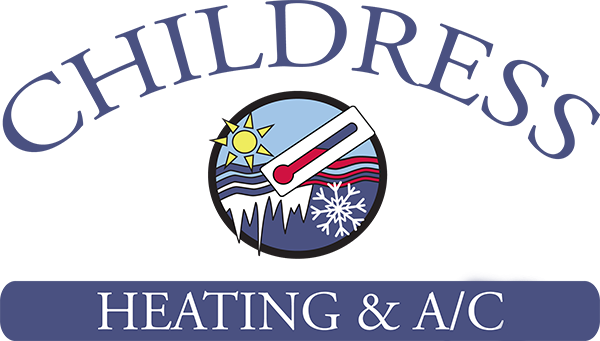Everyone’s always looking to save money on their utility bills, but it turns out there’s a way to do it when you aren’t even home.
The key is your thermostat. By learning more about its special features and settings, you can tailor the temperature to your needs. This means establishing various temperature settings for when you’re at home, away or even when you’re asleep.
By trying a few of these schedules, you have more time to enjoy pleasant temperatures while also keeping more of your money. Here are some ways your thermostat can save you money in the summer:
While at Home
When you’re home, you want a nice range of pleasant temperatures. It’s only natural to want your thermostat lower in the summer while inside to appreciate the cool air.
But the most energy-efficient temperatures for when you’re in your home during the summer is actually around 78 and 80 degrees Fahrenheit. By adjusting things a few degrees, you’ll keep cool while still lowering your monthly energy bill.
While Away
If you’re setting the temperature for when you are out of the house in summer, it’s advantageous to set the thermostat higher for while they’re gone.
If your home is in a shady spot in a cooler climate, you can set the thermostat to higher temperatures like 88 degrees while no one is home and then lower it back to the sweet spot of 78-80 degrees after you return. This way, your air conditioning won’t have to work constantly to keep an empty house cool.
While Sleeping
When it comes to sleeping in the summer, you want a nice cool temperature. A great place to start is between 68-72 degrees Fahrenheit. You won’t have to worry about getting too hot or too cold when you are trying to get some rest.
Other Strategies for Lowering Energy Use:
- Smart thermostat installation: Using a smart thermostat in the summer helps save money on energy costs since it can plan your temperature adjustments according to your lifestyle and personal preferences. They can lower the temperature while you are home or sleeping, before allowing it to get warmer when no one is around. With models like the Lennox iComfort, you have the ability to remotely access and change the temperature through your smartphone, tablet or laptop. Requesting smart thermostat installation in your Fredericksburg home is an effortless way to set the correct temperature no matter where you are.
- Update your existing HVAC system: Upgrading your HVAC system saves money right from the start. By investing in a more energy-efficient system, you can also count on lower utility bills since more efficient equipment requires less energy to achieve comfortable temperatures. Air conditioning installation in Fredericksburg is only a phone call away, so don’t hesitate to reach out to local pros like Childress Heating & AC who can set you up for success.
- Schedule annual AC maintenance: Investing in or ignoring regular air conditioning maintenance in Fredericksburg can have a big impact on your monthly energy use. With regular cleaning of the coils, checking for damage and keeping vents clear of dust and debris, this can help your HVAC system perform better during day-to-day use.. More efficient operation reduces strain on important or delicate components and lowers operational costs, resulting in lower energy usage and subsequently, smaller bills.
- Replace your air filter regularly: Cleaning or replacing the air filter regularly saves money by keeping airflow as smooth and consistent as possible. When filters are old and less effective, your air conditioner will have to work harder, and this greater strain could shorten the system’s life span and cause breakdowns.
- Confirm your attic is sufficiently insulated: Insulation is a vital part of maintaining an energy-efficient home, securing the hot air outside and the cool air inside over the summer. The North American Insulation Manufacturers Association (NAIMA) suggests that homeowners living in southern climates should install at least 13-14 inches of insulation, while colder climates do better with 16-18 inches.
- Check your air ducts: A leak in the air ducts could increase your energy bills much more than 20 percent, plus it can potentially allow harmful emissions from your water heater, clothes dryer and other appliances to get into the atmosphere of your home. Watching for signs of leaks and sealing them can address both concerns.
- Seal all other leaky spots in your home: Sealing up other leaks in your home with caulk, foam sealant or weather-stripping helps keep things cooler during those hot summer days. Don’t forget to check for any gaps around windows, doors and even outdoor fixtures. Devoting time and effort to sealing leaks now can help you save a lot in the long run.
